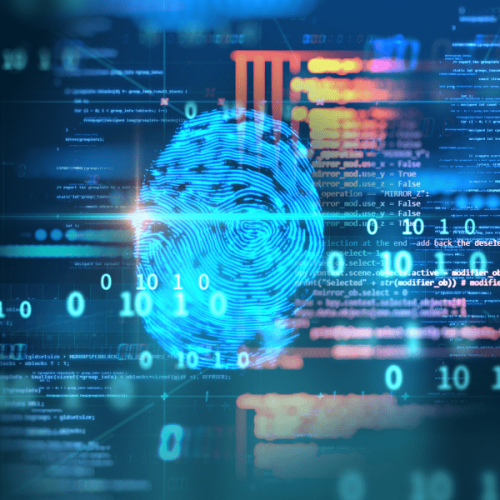A beginners guide to biometric security
Applications and computer networks continue to infiltrate our business and personal lives, giving rise to a need for more efficient access and authentication models. Traditionally, password security and PINS have filled this space; however, secure text passwords are hard to remember. With a rapidly rising appetite for applications and cloud services, biometric security could make a more significant impact and ensure business continuity.
The pros and cons of biometrics
Cyber security becomes weaker and more vulnerable when text passwords are in use. Our penetration testing in small and large organisations indicates the route of the problem. People use the same password repeatedly and use guessable words such as company names, the seasons, and the year.
So, what are the pros and cons of biometrics?
Pros:
- Biometrics are unique and challenging to fake
- They are convenient and quick
- Biometrics are stable and enduring (last a long time)
- They are undeniable, more secure, and enable two-factor authentication
- They are identifiable with an easy to follow trail when misused
- Biometrics are easy to use, with no training and no need to create or remember any details
Cons:
- There can be a lack of accuracy when capturing data in the first instance, with partial captures causing false accepts and false rejects
- There is a high cost in implementation and maintenance
- Biometrics can be invasive and used for purposes not declared by the individual
- When compromised, the effects can be devastating, giving the hacker access to all accounts
- If biometric data is stolen, you can’t ask password managers to create the individual a new fingerprint
Types of biometrics
Regardless of the pros and cons, small and large ventures continue to consider biometric security a viable option. The types of biometrics available include facial, retina/iris, fingerprint, and voice recognition, along with more novel variants such as keystroke, behavioural, heartbeat, and typing pattern recognition.
Popular uses for biometric security
Biometric security is finding its way into all walks of life. Airports use biometrics to speed up check-in and provide access to restricted areas, consumers unlock phones & devices, and in hospitality, some hotels require no check and give access to exclusive rooms with facial recognition.
Biometric security is also used in the financial services and banking sectors, in healthcare and the NHS, political voting, and criminal forensics. Facial recognition is in use in retail, creating shoplifter databases and recognising customers for product promotion.
While not without issues, biometric security has excellent potential if developed further to eradicate room for error regarding authentication. AI learning is assisting technological development and helping systems recognise changes such as glasses and beards.
Biometrics and Penetration Testing
OmniCyber penetration testing services can help businesses expose vulnerabilities and provide recommendations on what can be done to make web applications as secure as possible. Get in touch today to discover if your security is sufficient.




